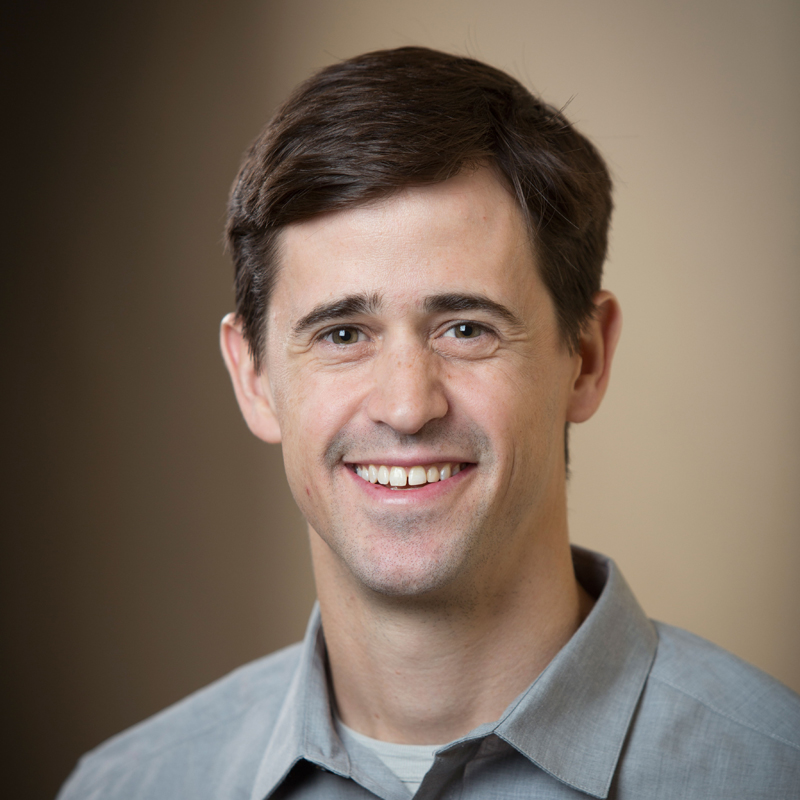Education
- Ph.D., Massachusetts Institute of Technology and Woods Hole Oceanographic Institution
- M.E.Sc., Yale School of Forestry & Environmental Studies
- B.A., Bowdoin College
Courses
- Chem 115 Introductory Chemistry I
- Chem 116 Introductory Chemistry II
- Chem 230 Environmental Chemistry
- Chem 341 Instrumental Analysis
- Chem 344W Experimental Chemistry I
- Chem 345W Experimental Chemistry II
Professional Interests
Research in the Griffith Lab is focused on understanding the chemical processes that control the fate of estrogen hormones in aquatic environments using a variety of analytical techniques, including high performance liquid chromatography, UV-visible spectroscopy, degradation kinetics experiments, tandem mass spectrometry, and high-resolution mass spectrometry. The results of our work will be used to predict environmental concentrations of estrogens, anticipate problem areas, and mitigate the associated risk to aquatic organisms and human health. Current projects include:
- Characterizing and modeling estrogen distributions in wastewater treatment plant effluent and river water.
- Determining halogenated estrogen degradation rates and mechanisms, and identifying novel transformation products.
- Determining estrogen biodegradation rates in Willamette River water at environmentally relevant (ng/L) concentrations.
Personal Interests
Trail running, biking, fishing, cooking, and picking tunes.
Grants and Awards
Renjen Prize for Faculty Excellence, Willamette University (2020)
National Science Foundation (NSF-CBET) Research Grant: “RUI: Characterizing the Sources, Fates, and Transformation Products of Conjugated, Free, and Halogenated Estrogens in a Sewage-Impacted River” (Principal Investigator), 2016-2020 ($325,157).
Faculty Achievement Award for Teaching, Willamette University (2016)
Publications
(* indicates undergraduate student)
Griffith, D.R., M. Carolan*, M. Marcos Gutierrez*, A. Romig*, N. Garcia-Diaz*, C.P. Hutchinson, R. León-Zayas. 2023. Microbial degradation of free and halogenated estrogens in river water-sediment microcosms. Environmental Science & Technology 57: 10782–10791, doi:10.1021/acs.est.3c00801
Milstead, R.P.*, K.T. Nance*, K.S. Tarnas*, K.E. Egelhofer*, and D.R. Griffith. 2018. Photochemical degradation of halogenated estrogens under natural solar irradiance. Environmental Science: Processes & Impacts 20: 1350-1360, doi:10.1039/C8EM00275D (chosen as a 2018 ESPI Best Paper Nominee; featured on the inside front cover)
Griffith, D.R., M.C. Kido Soule, T.I. Eglinton, E.B. Kujawinski, and P.M. Gschwend. 2016. Steroidal estrogen sources in a sewage-impacted coastal ocean. Environmental Science: Processes & Impacts 18: 981-991, doi:10.1039/C6EM00127K (2016 Emerging Investigators issue; chosen as the featured cover article)
Griffith, D.R., M.C. Kido Soule, H. Matsufuji, T.I. Eglinton, E.B. Kujawinski, and P.M. Gschwend. 2014. Measuring free, conjugated, and halogenated estrogens in secondary treated wastewater effluent. Environmental Science & Technology 48: 2569-2578, doi:10.1021/es402809u
Shah, S.R., D.R. Griffith, V. Galy, A.P. McNichol, and T.I. Eglinton. 2013. Prominent bacterial heterotrophy and sources of 13C-depleted fatty acids to the interior Canada Basin. Biogeosciences 10: 7065-7080, doi:10.5194/bg-10-7065-2013
Griffith, D.R., L. Wacker, P.M. Gschwend, and T.I. Eglinton. 2012. Carbon isotopic (13C and 14C) composition of synthetic estrogens and progestogens. Rapid Communications in Mass Spectrometry 26: 2619-2626, doi:10.1002/rcm.6385
Griffith, D.R., A.P. McNichol, L. Xu, R. Macdonald, F.A. McLaughlin, K.A. Brown, and T.I. Eglinton. 2012. Carbon dynamics in the western Arctic Ocean: insights from full-depth carbon isotope profiles of DIC, DOC, and POC. Biogeosciences 9: 1217-1224, doi:10.5194/bg-9-1217-2012
Griffith, D.R. and P.A. Raymond. 2011. Multiple-source heterotrophy fueled by aged organic carbon in an urbanized estuary. Marine Chemistry 124: 14-22, doi:10.1016/j.marchem.2010.11.003
Griffith, D.R., W.R. Martin, and T.I. Eglinton. 2010. The radiocarbon age of organic carbon in marine surface sediments. Geochimica et Cosmochimica Acta 74: 6788-6800, doi: 10.1016/j.gca.2010.09.001
Griffith, D.R., R.T. Barnes, and P.A. Raymond. 2009. Inputs of fossil carbon from wastewater treatment plants to U.S. rivers and oceans. Environmental Science & Technology 43: 5647-5651, doi:10.1021/es9004043
Griffith, D.R. 2008. Ownership and Incentives: a response to Ban et al. Frontiers in Ecology and the Environment 6(10): 521-522, doi:10.1890/1540-9295-6.10.521.b
Griffith, D.R. 2008. The ecological implications of individual fishing quotas and harvest cooperatives. Frontiers in Ecology and the Environment 6(4): 191-198, doi:10.1890/050060
Pedagogical Contributions & Public Media Coverage
Bruzek, A. 2020. “Making the Pill from Yams to Fish.” Audio story aired on Living On Earth (Public Radio International) on November 27, 2020.
Daniel, A. 2018. “Getting Hormones Out Of Wastewater.” Audio story aired on Living On Earth (Public Radio International) on November 2, 2018.
Griffith, D.R. 2018. “Chromatography and mass spectrometry: an active learning module using LEGO™ molecules” (In-Class Activities). Analytical Sciences Digital Library.
Griffith, D.R., J.E. French, S.K. Byun, P.I. Wang, and X. Khoo. 2013. “Contaminant Fate Modeling” concept vignette video (part of the Differential Equations video series). MIT Teaching and Learning Laboratory.
Levin, D. 2012. Follow the Carbon. Oceanus 49(3): 13.
Griffith, D.R. 2011. From sewers to the seafloor. Oceanus 49(1): 30-33.
Lubick, N. 2009. Recalibrating the human carbon footprint from wastewater. Environmental Science & Technology 43(15): 5552-5552.

